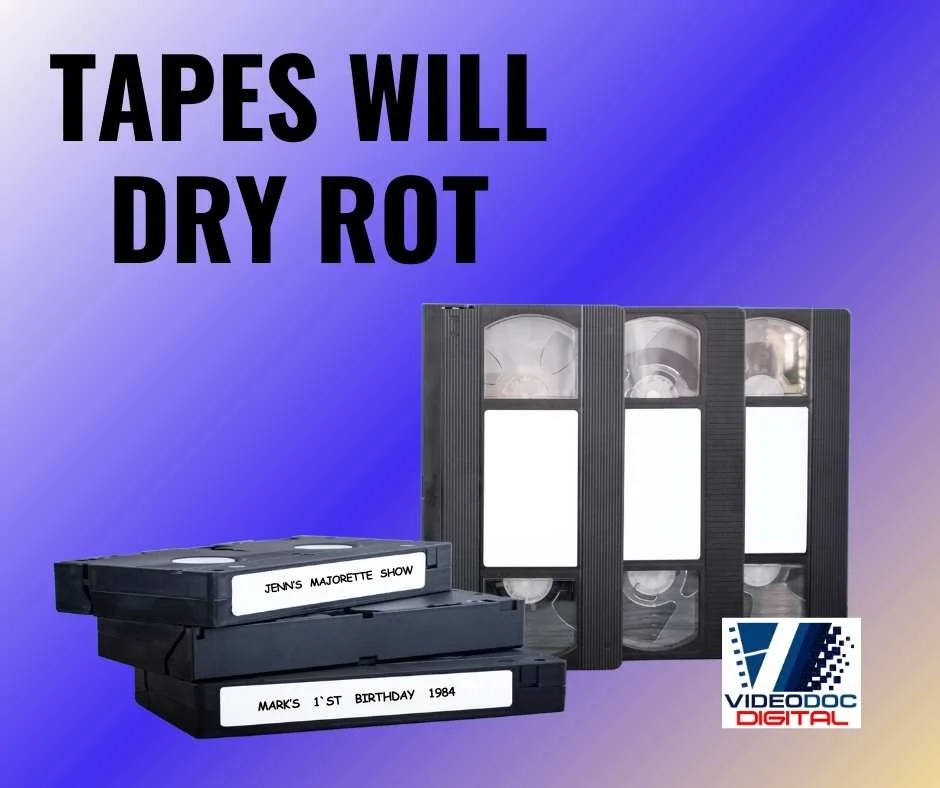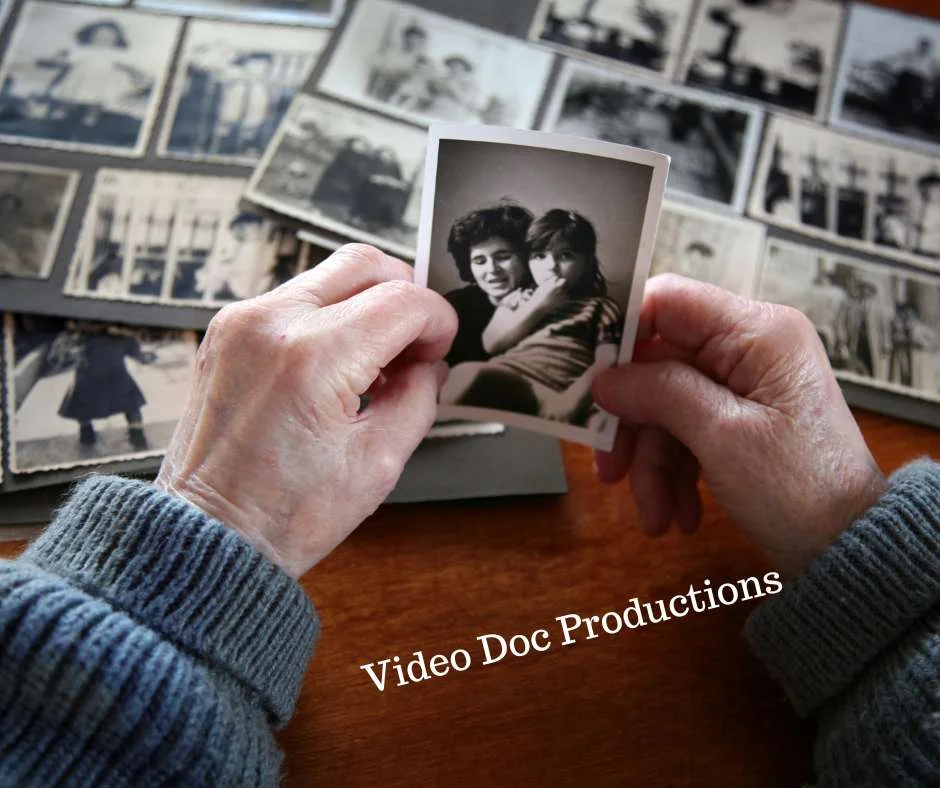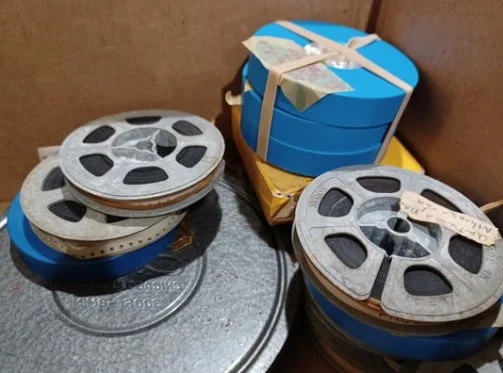CD/DVD Media: How Long Will They Last?
2003 more than 7,150 million CD-R discs and more than 400 million DVDR discs were made and sold

In the early '90s when the first CD-R disc was introduced manufacturers said the media had a data life in excess of 40 years. In the late 90s when the first DVDR discs appeared on the scene producers proclaimed a data life of at least 100 years. Throughout that time and even today the press will "discover" that the media is susceptible to CD or DVD rot that will eat your information - audio, video or data - in as little as two years after it is written.
Because CD and DVD media - in 2003 more than 7,150 million CD-R discs and more than 400 million DVDR discs were made and sold -- is used to archive nearly everything today it does make you worry. Especially when these discs are the only place you have precious, irreplaceable family memories - photos and movies - as well as vital family, personal and company data/documents.
So where does the truth lie? Somewhere across the complete spectrum.
Most people who burn a disc without producing a coaster believe they have quality media. Unfortunately that only tells you the disc will be compatible (able to be played) in the vast majority of CD or DVD players. More importantly all better quality CD and DVD burners include technology called overburn/underburn protection making coaster production a thing of the past. The basic construction of the two technologies enable you to burn your data in a very precise, very controlled manner
Test Options There are only two foolproof ways of proving the data life of the discs you use:
Write a few CD or DVDRs, then wait about 25-50 years and check if they still hold the correct data
Use a CD/DVD analyzer that is specially designed to retrieve very accurate information about your media and your data after accelerated aging in test chambers where the discs are subjected to excessive temperature and humidity tests
The first is impractical. However, we have seen some of the first discs produced and written to in Japan and yes the data is still intact. The second provides only theoretical limits and doesn't take into consideration how you use, handle and store the media. However, assuming proper handling, chart D illustrates how temperature and humidity can affect the data life of quality media.
Between the CD-R discs produced in the early 80s to today's double layer DVD+R discs and throughout the brief optical industry there has been considerable progress in write performance, capacity, quality and obviously price.
Following the test procedures of the International Standards Organization (ISO) quality media manufacturers have been able to document data life-spans ranging from 50-200 years. But keep in mind there are wide differences between low budget media operations and quality media firms. In addition variations in manufacturing methods, materials and processes/procedures can dramatically effect the data life of the media you use.
Or as auto manufacturers say, "your mileage may vary."
Do
Handle discs by the outer edge or the center hole
Use a non solvent-based felt-tip permanent marker to mark the label side of the disc
Keep dirt or other foreign matter from the disc
Store discs upright (book style) in original jewel cases that are specified for CDs and DVDs
Return discs to their jewel cases immediately after use
Leave discs in their spindle or jewel case to minimize the effects of environmental changes
Remove the shrink wrap only when you are ready to record data on the disc
Store in a cool, dry, dark environment in which the air is clean -- relative humidity should be in the range 20% - 50% (RH) and temperature should be in the range 40°F - 68°F
Remove dirt, foreign material, fingerprints, smudges, and liquids by wiping with a clean cotton fabric in a straight line from the center of the disc toward the outer edge
Use deionized (best), distilled or soft tap water to clean your discs. For tough problems use diluted dish detergent or rubbing alcohol. Rinse and dry thoroughly with a lint-free cloth or photo lens tissue
Check the disc surface before recording
Do not
Touch the surface of the disc
Bend the disc
Store discs horizontally for a long time (years)
Open a recordable optical disc package if you are not ready to record
Expose discs to extreme heat or high humidity
Expose discs to extreme rapid temperature or humidity changes
Expose recordable discs to prolonged sunlight or other sources of UV light
Write or mark in the data area of the disc (area where the laser "reads")
Clean in a circular direction around the disc.
Reliable Medium There is a lot of cheap CDR and DVDR media that has marginal quality. For some applications like games, quality isn't critical. For irreplaceable, vital data like family photos, special events, vacations and family/friends memories quality does matter. If you are backing up mission critical data on your home or business computer, quality matters. Then it is important to select a brand of media that will keep your data safe, secure and available for years to come.
Quality and low prices just don't seem to mix!
The next step to long-term data reliability is to handle and store the media with the respect your data deserves.























